Coffee tourism has evolved from simple plantation visits into immersive experiences that connect travelers with the entire journey from bean to cup. The best coffee tours combine agricultural education with cultural immersion, allowing visitors to understand how geography, climate, and local traditions shape the flavors of their morning cup.
These experiences often reveal that great coffee requires far more skill and care than most people realize. Coffee-producing regions worldwide have recognized that sharing their expertise creates a deeper appreciation for their craft while supporting local economies.
Here is a list of 17 coffee tours that showcase the artistry behind exceptional coffee.
Blue Mountain Coffee Tour, Jamaica
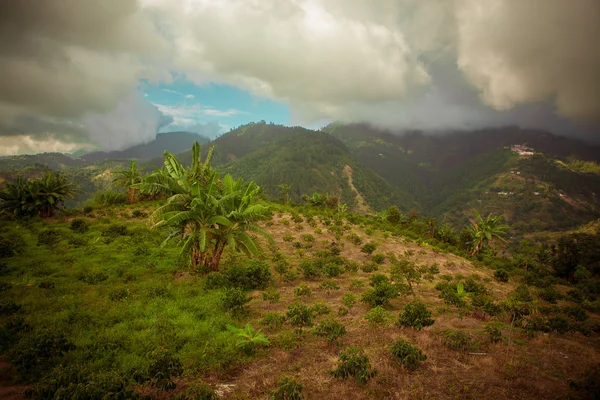
Jamaica’s Blue Mountain region produces some of the world’s most expensive coffee, and the tours here explain exactly why those premium prices reflect genuine quality differences. Visitors traverse steep mountain roads to reach plantations where the cool climate and mineral-rich soil create ideal growing conditions.
The processing facilities demonstrate traditional methods that have remained largely unchanged for generations, though modern quality control ensures consistency that meets international standards.
Kona Coffee Living History Farm, Hawaii

This working coffee farm on Hawaii’s Big Island recreates the experience of Japanese immigrant families who established the region’s coffee industry in the early 1900s. Period-dressed interpreters guide visitors through the entire coffee production process using historically accurate tools and techniques.
The tour connects coffee cultivation with the broader story of immigration and agricultural development that shaped modern Hawaii.
Like Travel Pug’s content? Follow us on MSN.
Coffee Cultural Triangle, Colombia
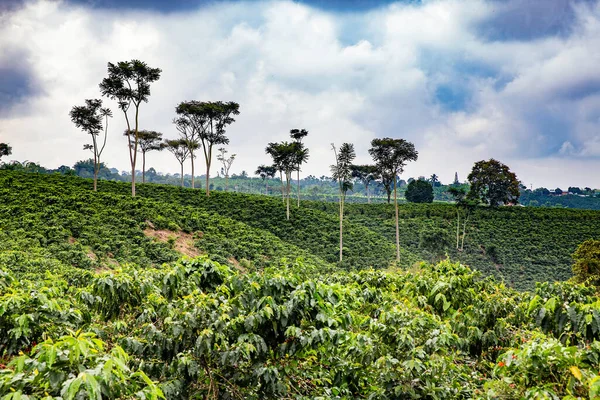
UNESCO’s World Heritage designation for this region reflects the area’s significance in global coffee culture, and tours here provide access to multiple generations of coffee-growing families. The landscape itself tells the story of sustainable agriculture, with coffee plants growing alongside shade trees and food crops that support local communities.
Visitors often participate in harvesting during peak season, gaining an appreciation for the physical demands of quality coffee production.
Antigua Coffee Tour, Guatemala
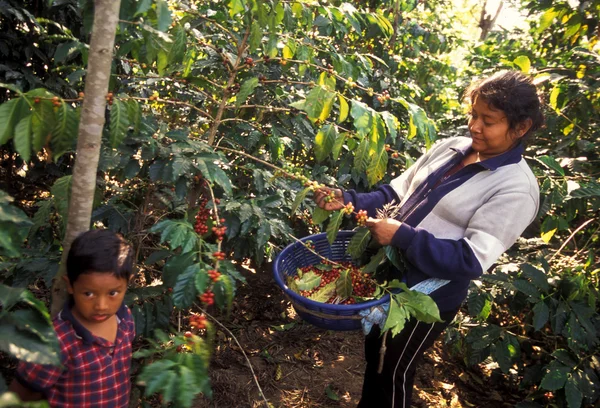
Guatemala’s volcanic soil creates distinctive flavor profiles that tours here help visitors identify through guided tastings that compare different processing methods. The colonial architecture of Antigua provides a stunning backdrop for plantation visits, where traditional and modern techniques coexist on the same farms.
Many tours include visits to local roasters who explain how different roasting profiles bring out specific characteristics in Guatemalan beans.
Fazenda Santa Ines, Brazil
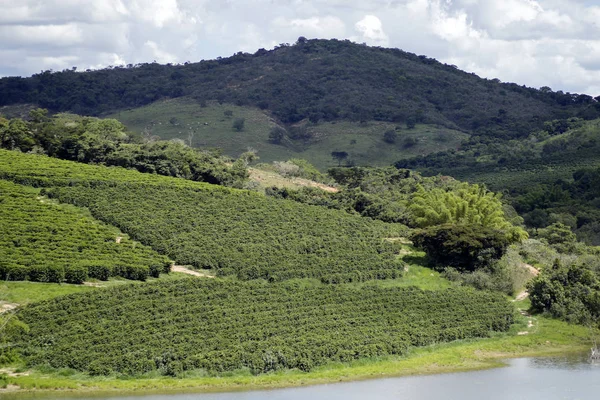
Brazil produces more coffee than any other country, and this working fazenda demonstrates the scale and sophistication of modern coffee agriculture. The tour covers everything from selective breeding programs that develop disease-resistant plants to computerized processing systems that ensure consistent quality.
Visitors see how technology that enhance — not replace — generations of traditional farming knowledge passed down through generations of Brazilian coffee families.
Like Travel Pug’s content? Follow us on MSN.
Coffee Triangle, Costa Rica
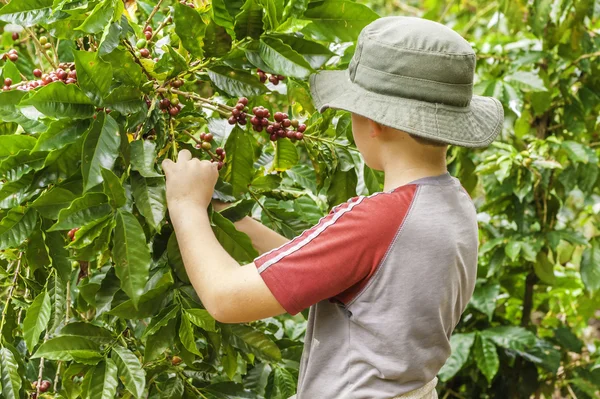
Costa Rica’s commitment to sustainable agriculture makes their coffee tours particularly appealing to environmentally conscious travelers. The volcanic soil and mountain climate create ideal conditions for growing coffee, while the country’s eco-tourism infrastructure ensures high-quality tour experiences.
Many operations here combine coffee education with wildlife observation, as coffee farms often serve as corridors connecting protected forest areas.
Mavis Bank Coffee Factory, Jamaica
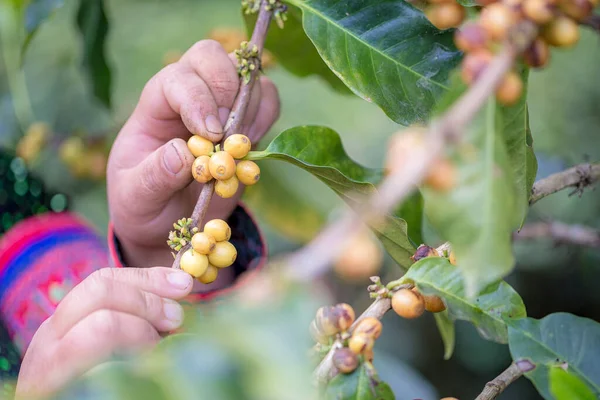
The factory that processes most of Jamaica’s Blue Mountain coffee opens its doors to visitors who want to understand the meticulous sorting and processing that justifies premium pricing. Workers demonstrate the hand-sorting techniques that remove defective beans, explaining how this labor-intensive process ensures the consistency that luxury coffee buyers expect.
The tasting room allows visitors to compare Blue Mountain coffee with other Jamaican varieties side by side.
Doka Estate, Costa Rica
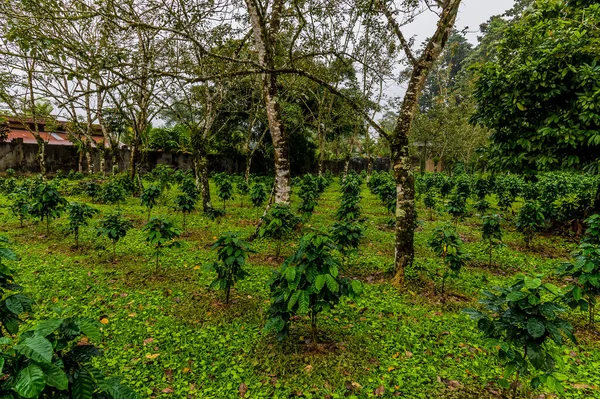
This family-owned plantation has operated for over 70 years, providing tours that emphasize the relationship between coffee farming and environmental stewardship. The estate’s location on Poás Volcano’s slopes creates microclimates that produce distinct flavor characteristics within different sections of the same farm.
Visitors learn how factors like altitude, rainfall patterns, and soil composition influence the final cup quality.
Like Travel Pug’s content? Follow us on MSN.
Finca Rosa Blanca, Costa Rica
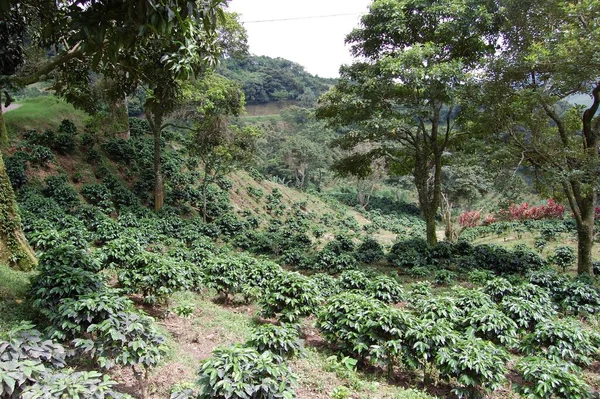
This boutique coffee operation combines organic farming with luxury accommodations, allowing visitors to experience coffee cultivation as part of a comprehensive cultural immersion. The tour emphasizes sustainable practices that maintain soil health while producing exceptional coffee beans.
The on-site roastery demonstrates how proper roasting techniques can highlight or mask the characteristics that careful farming develops.
Hacienda Guayabal, Nicaragua
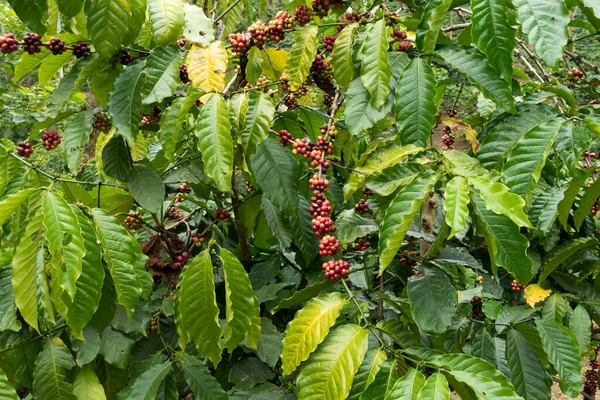
Nicaragua’s coffee industry has rebuilt itself following decades of political instability, and tours here showcase the determination and skill of farmers who’ve created internationally recognized products. The hacienda’s elevation of 4,200 feet creates slow-maturing conditions that develop complex flavor profiles.
Visitors participate in cupping sessions that teach professional tasting techniques used by coffee buyers worldwide.
Don Juan Coffee Tour, Costa Rica
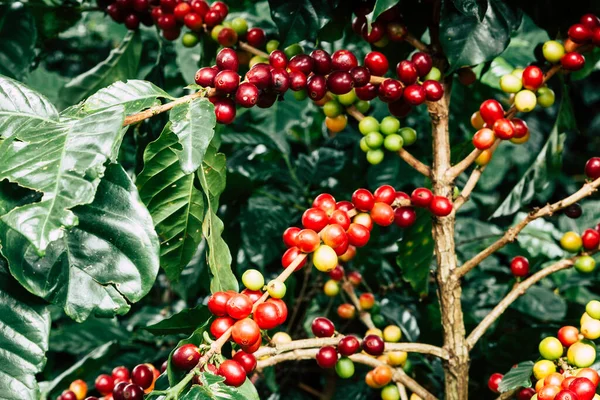
Located near Monteverde’s cloud forest, this tour combines coffee education with broader agricultural experiences that include chocolate and sugarcane production. The integration of multiple crops demonstrates how diversified farming creates more sustainable livelihoods for rural families.
The tour’s emphasis on traditional processing methods shows how time-tested techniques often produce better results than modern shortcuts.
Like Travel Pug’s content? Follow us on MSN.
Café Ruiz, Panama
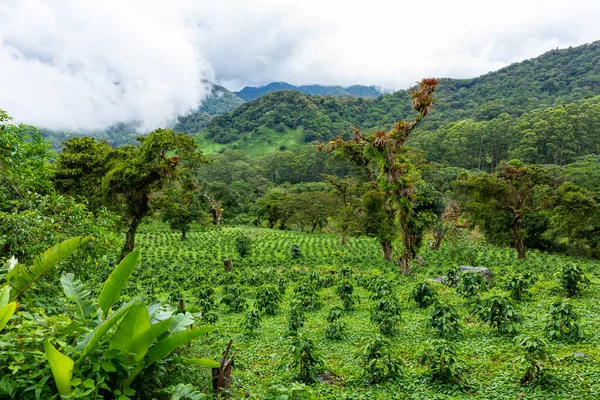
Panama’s emergence as a specialty coffee destination makes this tour particularly relevant for serious coffee enthusiasts who want to understand developing coffee regions. The family operation has won numerous international competitions, and their tours explain the innovation and experimentation that create award-winning coffee.
Visitors see how careful record-keeping and constant quality testing contribute to consistent excellence.
Greenwell Farms, Hawaii
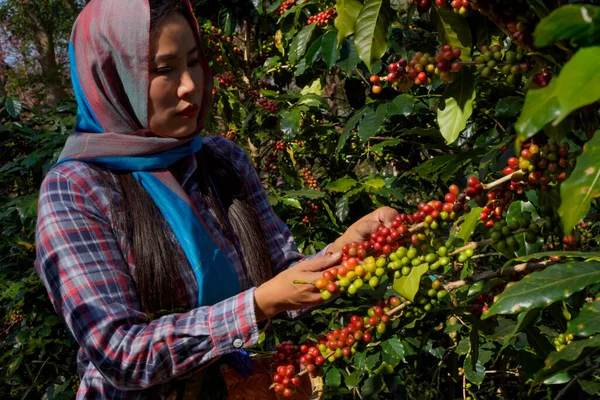
This Kona coffee operation has operated continuously since 1850, providing tours that connect historical coffee cultivation with modern quality standards. The farm’s location on Mauna Loa’s slopes creates the volcanic soil conditions that give Kona coffee its distinctive characteristics.
Visitors learn how Hawaiian coffee’s isolation from other growing regions has preserved heirloom varieties that have disappeared elsewhere.
Kaffa Coffee Tours, Ethiopia
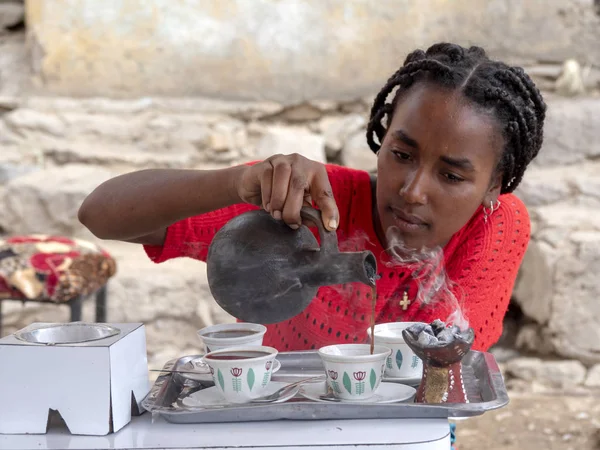
Ethiopia’s status as coffee’s birthplace makes tours here particularly significant for understanding the crop’s cultural and historical importance. The traditional coffee ceremony that concludes most tours demonstrates how coffee consumption connects communities through shared rituals.
Visitors see how wild coffee varieties still grow in Ethiopian forests, providing genetic diversity that supports coffee cultivation worldwide.
Like Travel Pug’s content? Follow us on MSN.
Boquete Coffee Tours, Panama
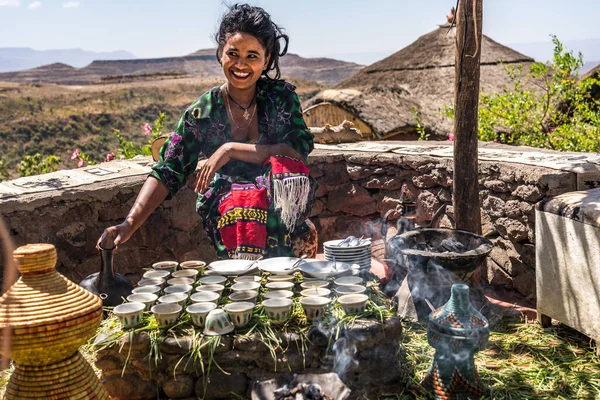
Panama’s Chiriquí Province has gained recognition for producing some of the world’s most expensive coffee, and tours here explain the meticulous attention to detail that justifies premium pricing. The region’s unique microclimate, created by altitude and weather patterns, allows coffee cherries to ripen slowly and develop complex flavors.
Many tours include visits to local roasters who specialize in highlighting Panama’s distinctive coffee characteristics.
Villa Rica Coffee Tour, Peru
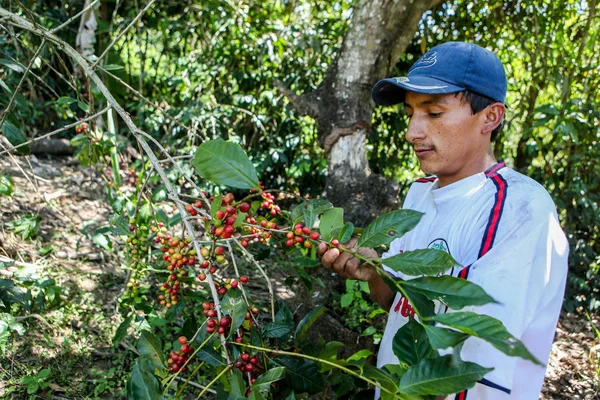
Peru’s high-altitude coffee regions produce beans with bright acidity and complex flavor profiles that tours here help visitors appreciate through guided tastings. The cooperative structure that organizes many Peruvian coffee farms demonstrates how small-scale farmers can compete in international markets through collaboration.
Visitors learn how fair trade certification creates economic incentives for sustainable farming practices.
Peaberry Coffee Tours, Kenya
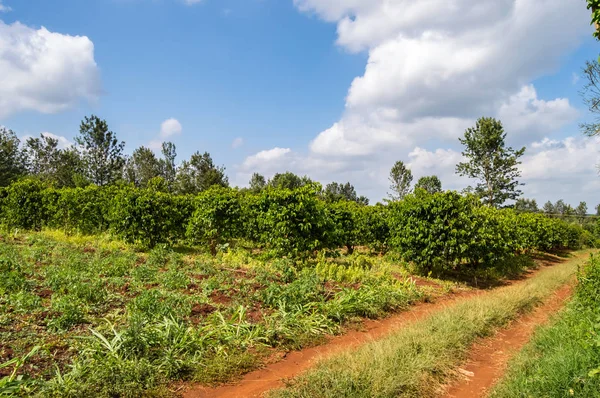
Kenya’s coffee auction system creates unique market dynamics that tours here explain through visits to processing facilities and cupping labs. The double fermentation process used by many Kenyan producers creates distinctive flavor characteristics that coffee professionals can identify in blind tastings.
Visitors see how the grading system that categorizes Kenyan coffee ensures consistent quality standards for international buyers.
Like Travel Pug’s content? Follow us on MSN.
Beyond the Morning Ritual

These coffee tours reveal that exceptional coffee requires expertise, patience, and environmental stewardship that extends far beyond what most consumers ever consider. The farmers, processors, and roasters who create specialty coffee often work with margins measured in cents per pound, yet their dedication to quality creates experiences that can transform how people think about their daily coffee ritual.
Understanding the complexity behind coffee production makes that morning cup taste different — not just better, but more meaningful.
More from Travel Pug

- 20 Best Beach Towns in the Carolinas
- 13 Destinations Where Tourists Regularly Regret Their Trip
- 20 Things You Actually Get in First Class
- 20 Small Airports With Aviation Museums
- 20 Places in the U.S. That Are Perfect for a Reset Trip
Like Travel Pug’s content? Follow us on MSN.
